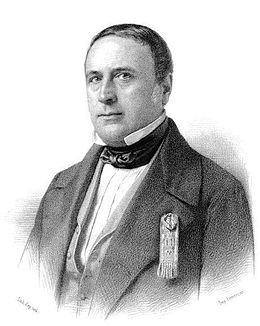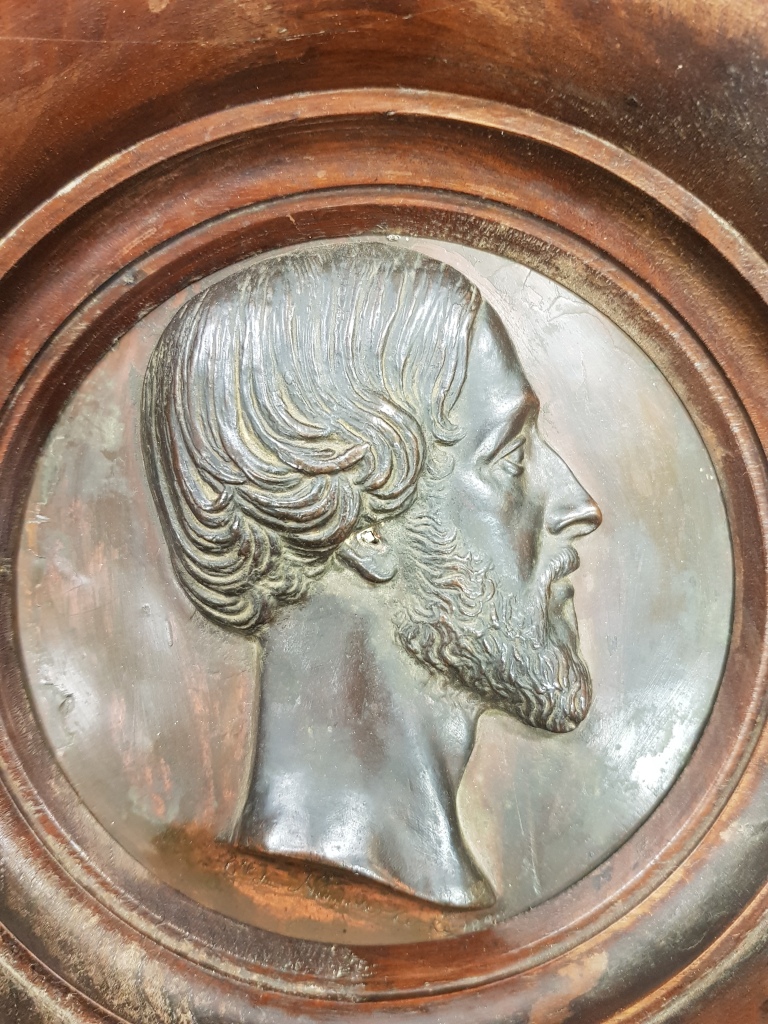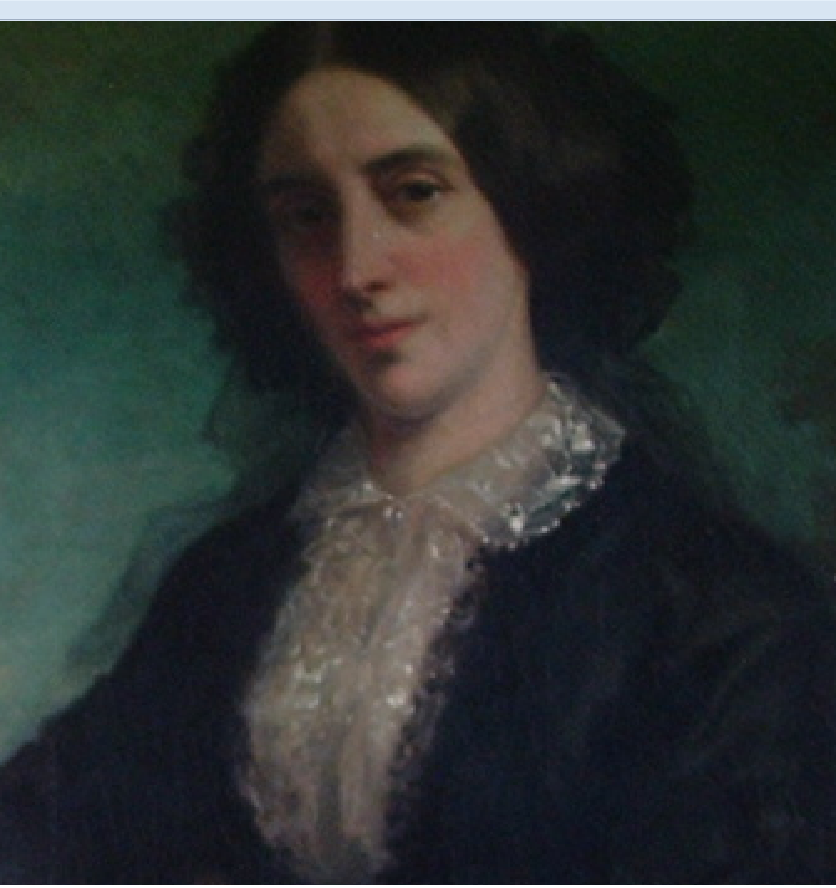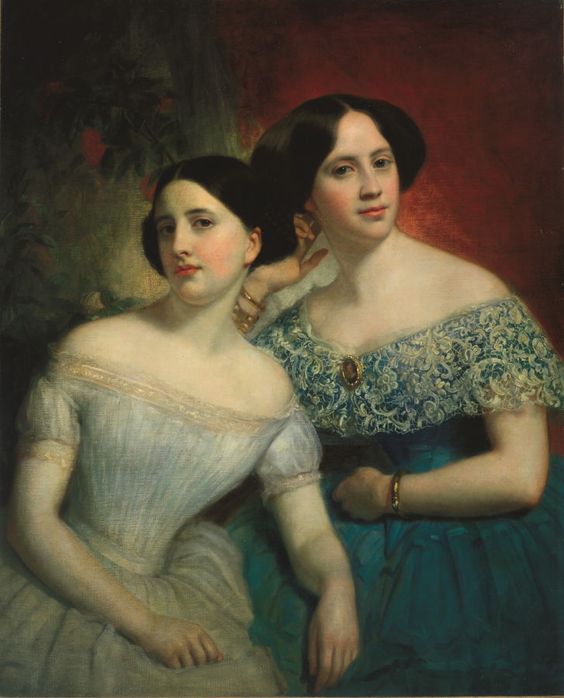I am hoping to build up a picture of the times. Not just politically, but the everyday moments. What did the Colonel and his family do? Who did they talk to? What would those conversations have been about? This post will be devoted to documenting some of their lunch and dinner guests. Though it is, at this point, a fairly straight forward chronicling of information, the accumulated knowledge will allow me to eventually paint colour (or detail) into the composition of the story. So bear with me if it is a little prosaic. Also, I am in the early stages of this research, and it may require some amendments as more information comes to light.
The diplomat and writer, Washington Irving, recalls being at dinner to witness the contract of Jane Mary Thorn’s engagement to Baron Etienne de Pierres. He mentions who he spoke to, and passed small observations that bring the scene to life. On this particular occasion, he describes the Prince of Bethune as a “dandyish old man, with scant white hair brought from behind so as to partially cover the top of his head, and white whiskers that reach to the corner of his mouth good humoured but light and somewhat faddy.”
Irving speaks of Jane herself as a “very pretty, beaming girl with an amiable expression and countenance.” Clearly he did not spend any time speaking to her!
The Sardinian ambassador, the Marquis Brignole, was also present. Irving remembered seeing him play the part of Orasmim, in Voltaire’s Zaire, some twenty years before in Genoa. The Marquis was now tall, and grey-haired, and conversing with the Neapolitan ambassador. Irving and the Marquis had an exchange of mutual admiration, in which Brignole complimented him on his work, Life of Columbus. Brignole, it seems, was quite revered as a great intellectual of the period, and was part of the July Monarchy.
Irving mentions the Duchess de Montmorency in passing. But other than discovering that she was referred to as “a flower of French nobility”, I haven’t found out anything substantial about her.
General Lewis Cass was there that night as well, and is often mentioned in company with Colonel Thorn throughout this period. As the American minister (ambassador?) to France, I assume they were connected through their ex-pat status. Interestingly, George Healy, the painter and great friend of the Thorn’s, won a medal for a portrait of Mrs Cass.
Only a few days later, Irving returned to rue da Varenne to celebrate the marriage of Jane and Etienne at a late breakfast for thirty five people. This time, he mentions Princess Demidoff (daughter of Jerome Bonaparte), Mathilde Laetitia Wilhelmine Bonaparte, as the most beautiful woman in the room. “She had somewhat of the Bonaparte countenance and one of the most delicious, fascinating smiles I have ever seen.”
On that day, Irving spoke to the Marquis de la Grange (Edouard Lelièvre of La Grange), a member of the chamber, and they discussed a history de la Grange was writing about one of his Spanish ancestors (? de la Force). The Marquis was an impressive man who had been both sergeant in the second company of the Musketeers, and later Captain of the Royal Guard. A quick Google tells me he was awarded the Legion d’Honneur in 1815. After that, he moved into a diplomatic career and spent time in the French embassy in Spain. From there, he held various posts in Germany and Vienna, culminating with a position at The Hague as “the head of legation”. Following that he had a political career, which included the position of Senator. Irving describes him as “exceedingly intelligent.”
The marriage breakfast was served at 2 pm in a “noble saloon” that looked out onto the gardens, where a military band performed. Noble seems to be a the “word du jour” in many of the journals written at that time. Irving was seated next to Madame de Varenne, “a very intelligent lady, with fine black eyes and hair almost entirely white.” Irving afterwards learned that she had planned the Comte de Lavalette’s escape from prison. De Lavalette was a supporter of Napoleon who was imprisoned and sentenced to death during the Bourbon Restoration. He escaped the night before his execution by exchanging clothes with his wife, who had come to visit him. He fled to England and eventually his wife’s family in Bavaria, while she remained in prison for two months before being released.
What interesting brunch company these people would have made. Setting aside their rank and wealth, many had lived interesting lives. Reading Irving’s accounts leaves me with a hankering for a time when the art of conversation was important and well-practised. I think of my TV dinners, and rushed cafe dates with friends, and they seem less than they should be…



















Leave a comment